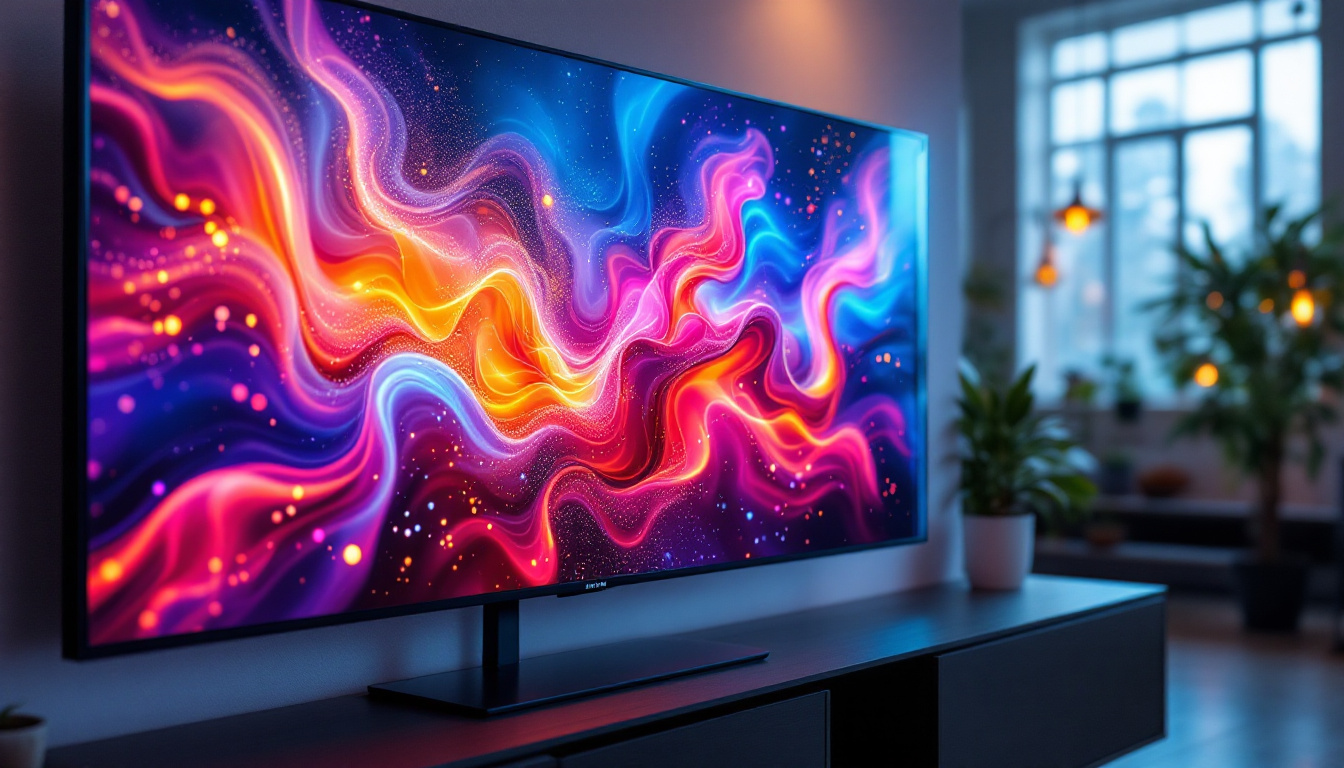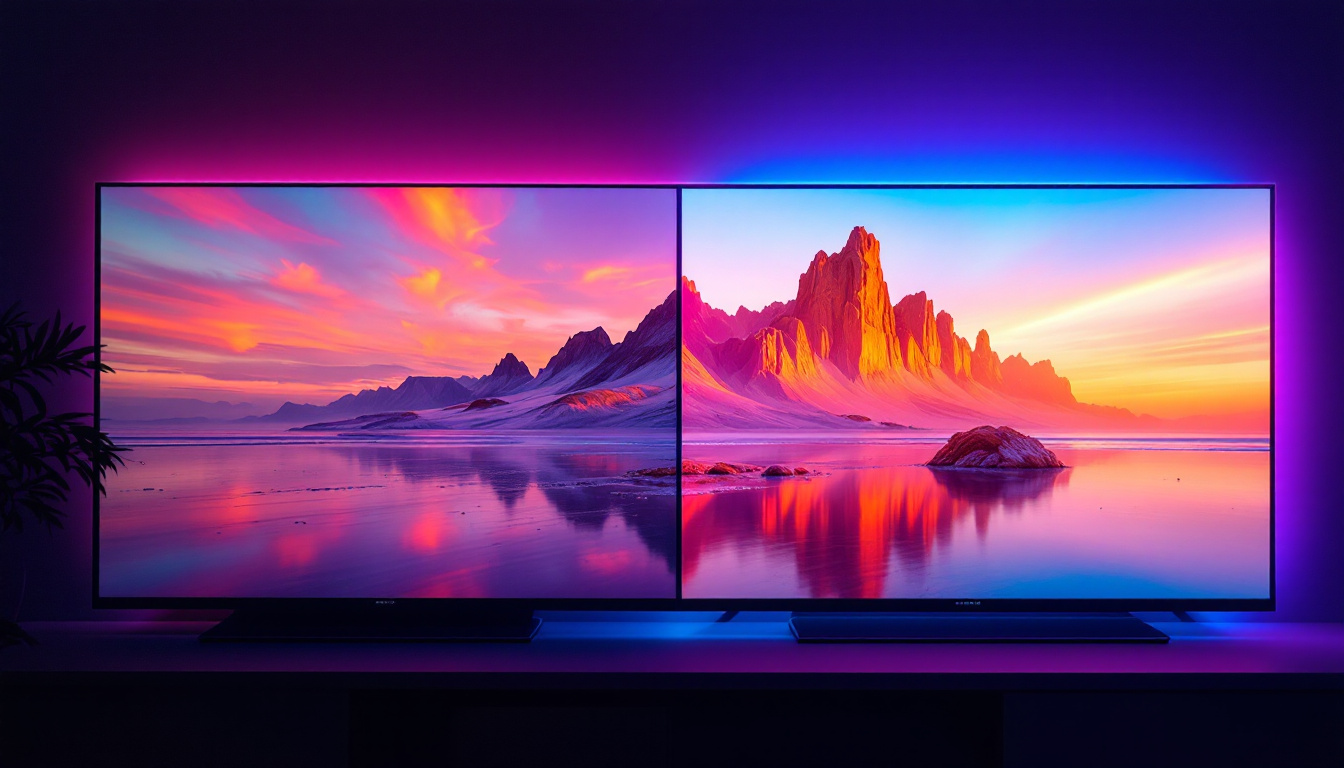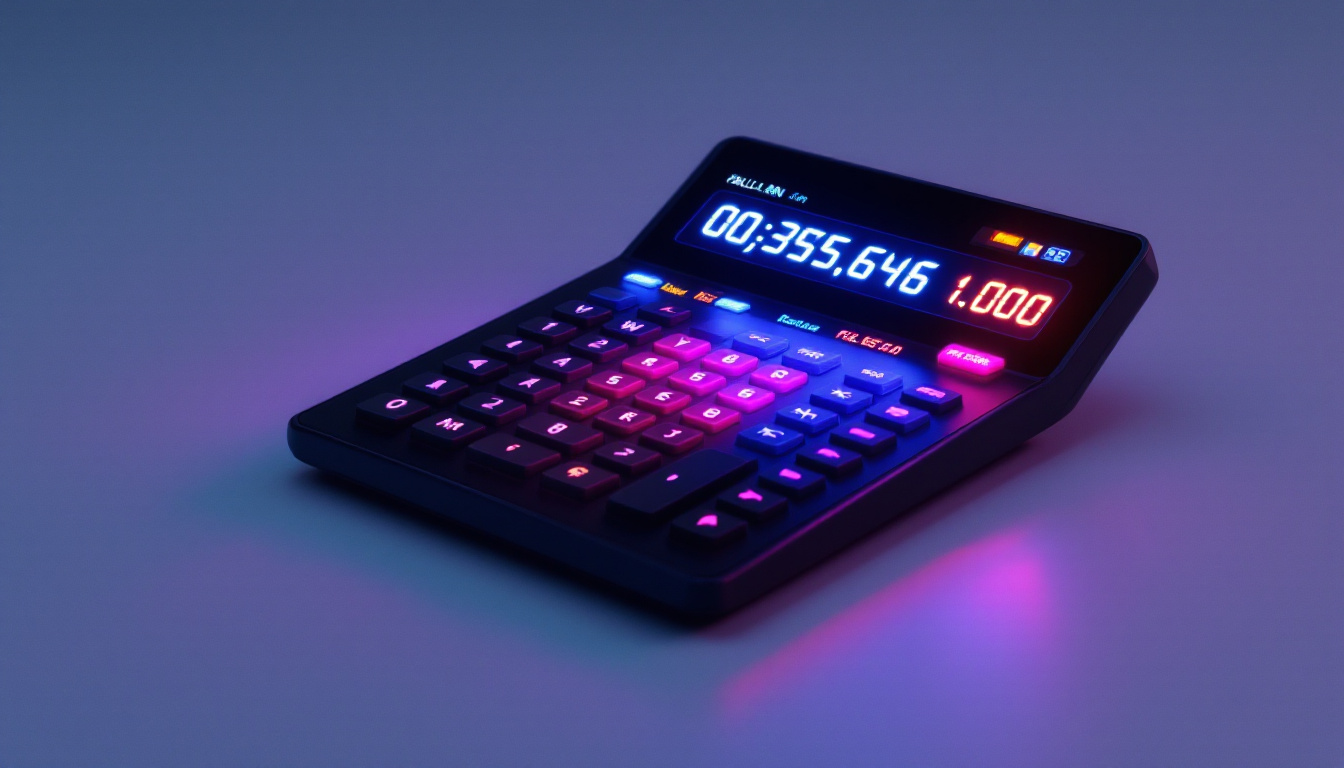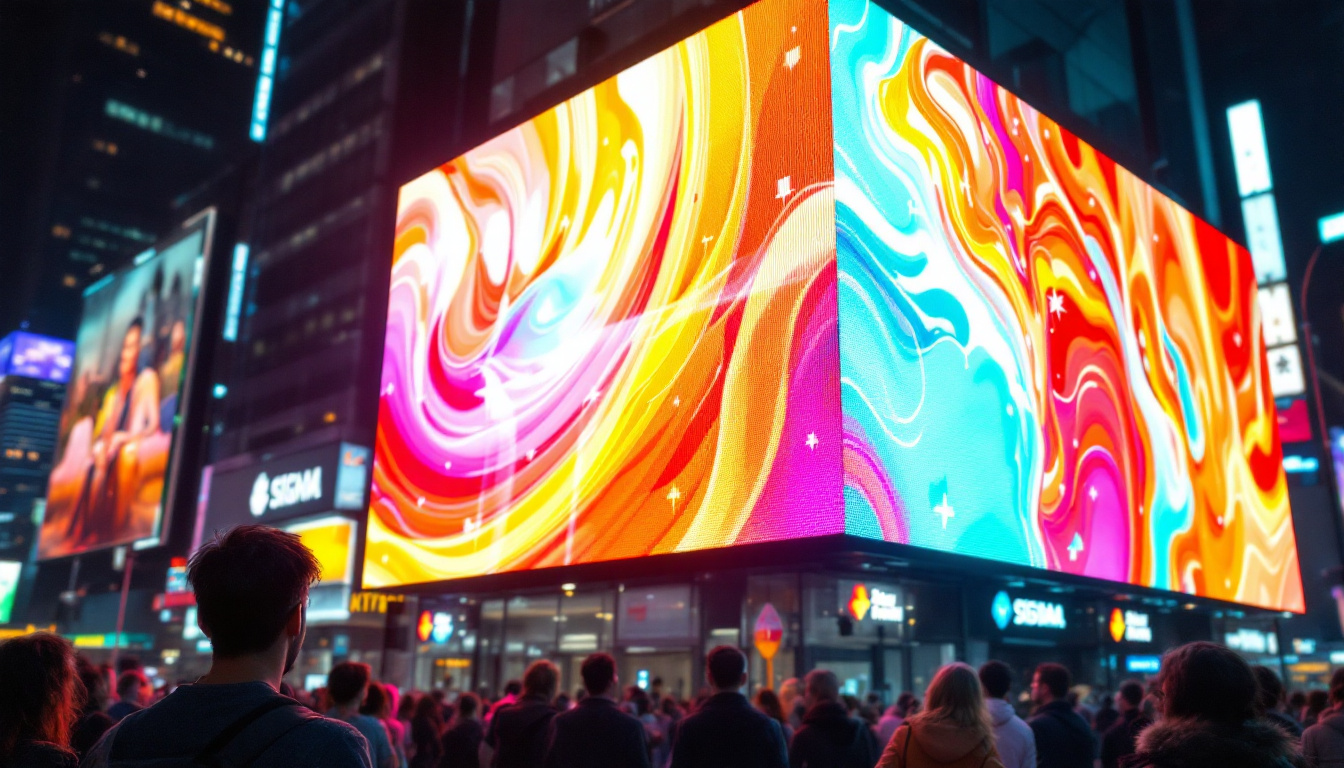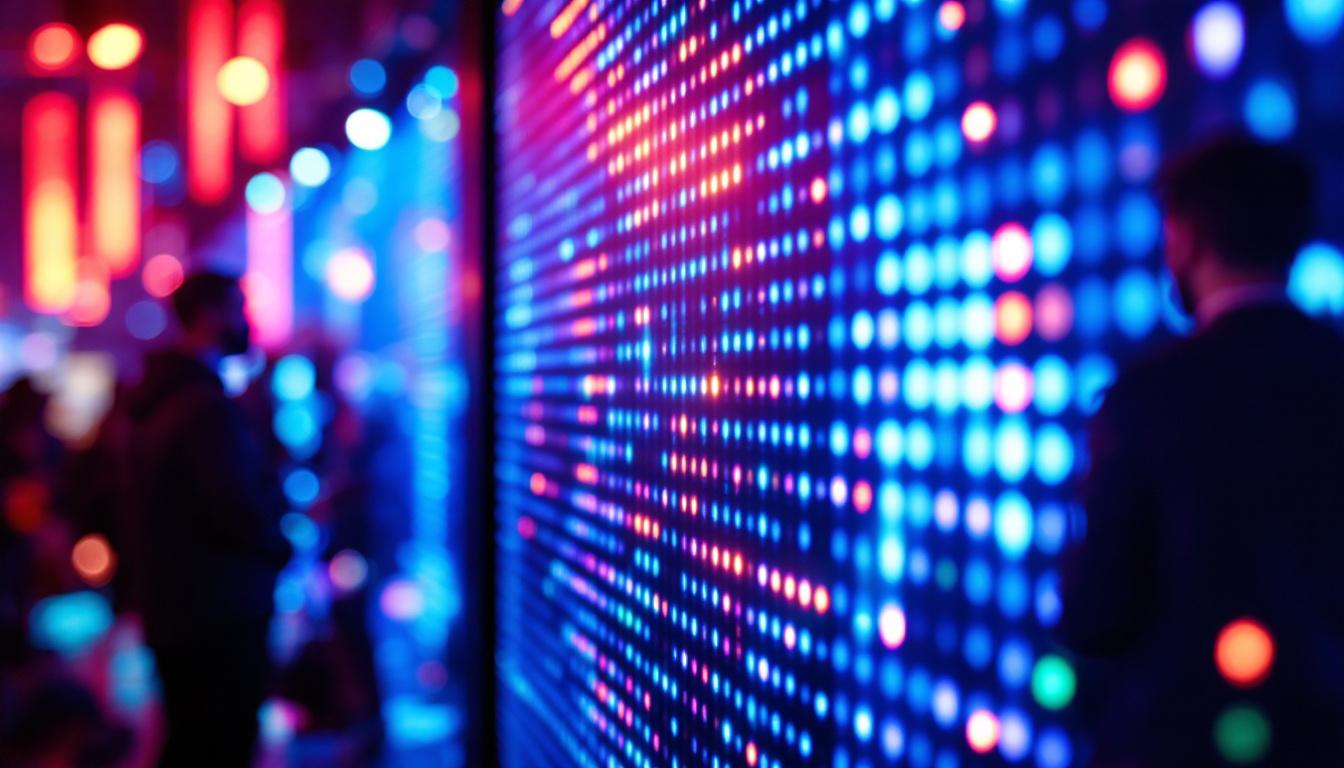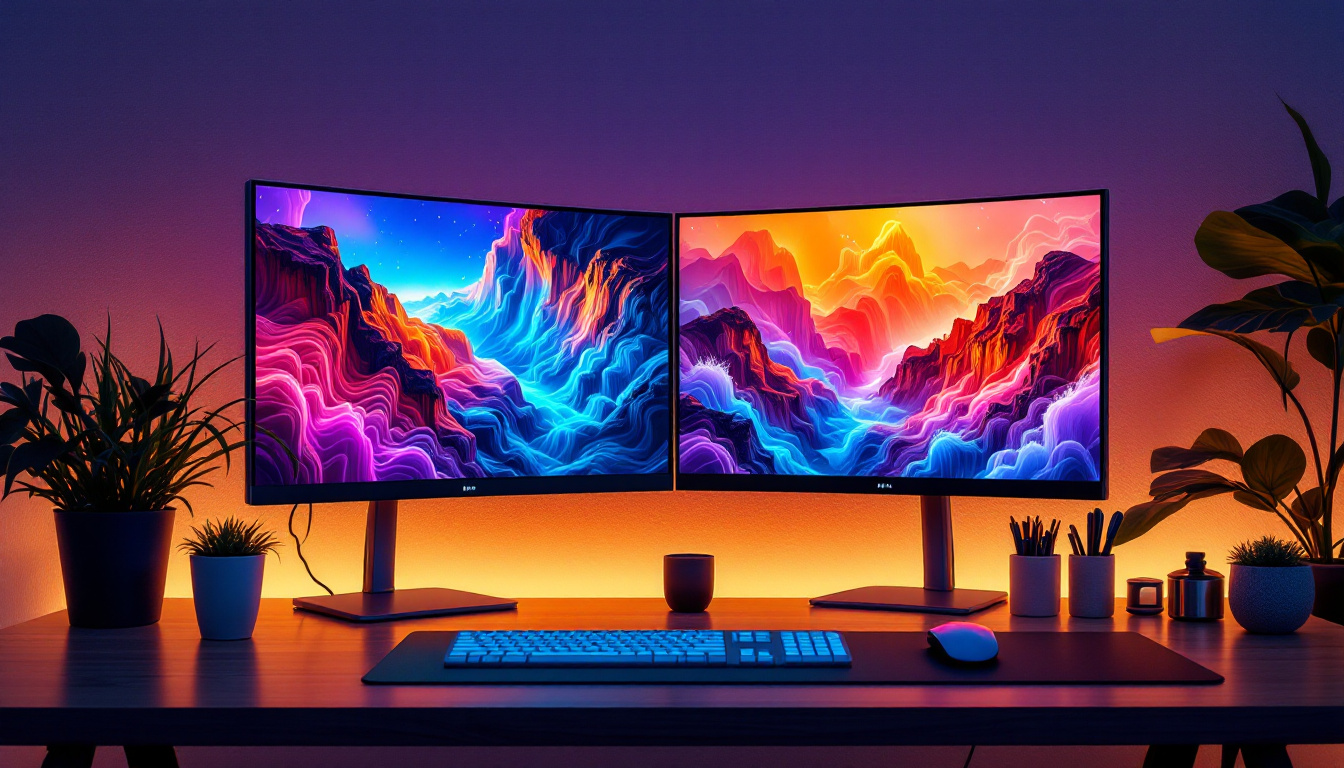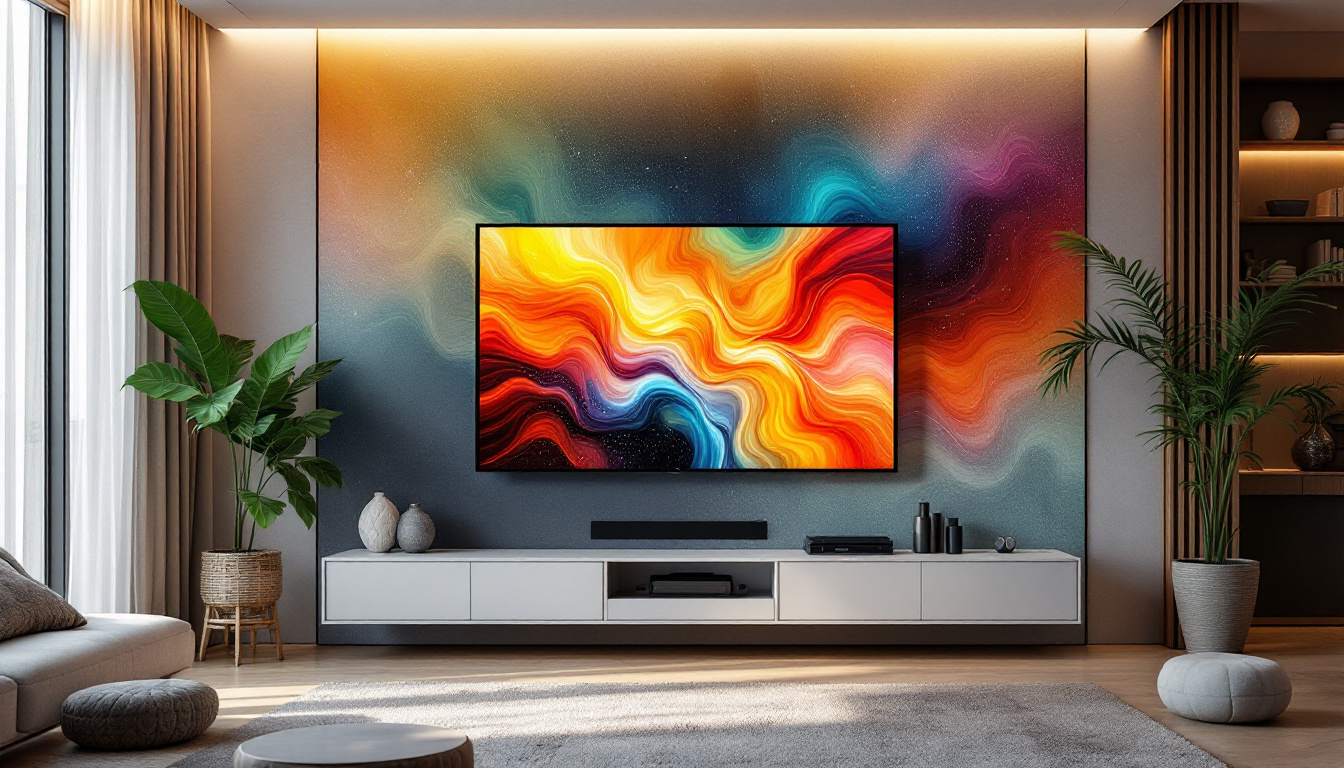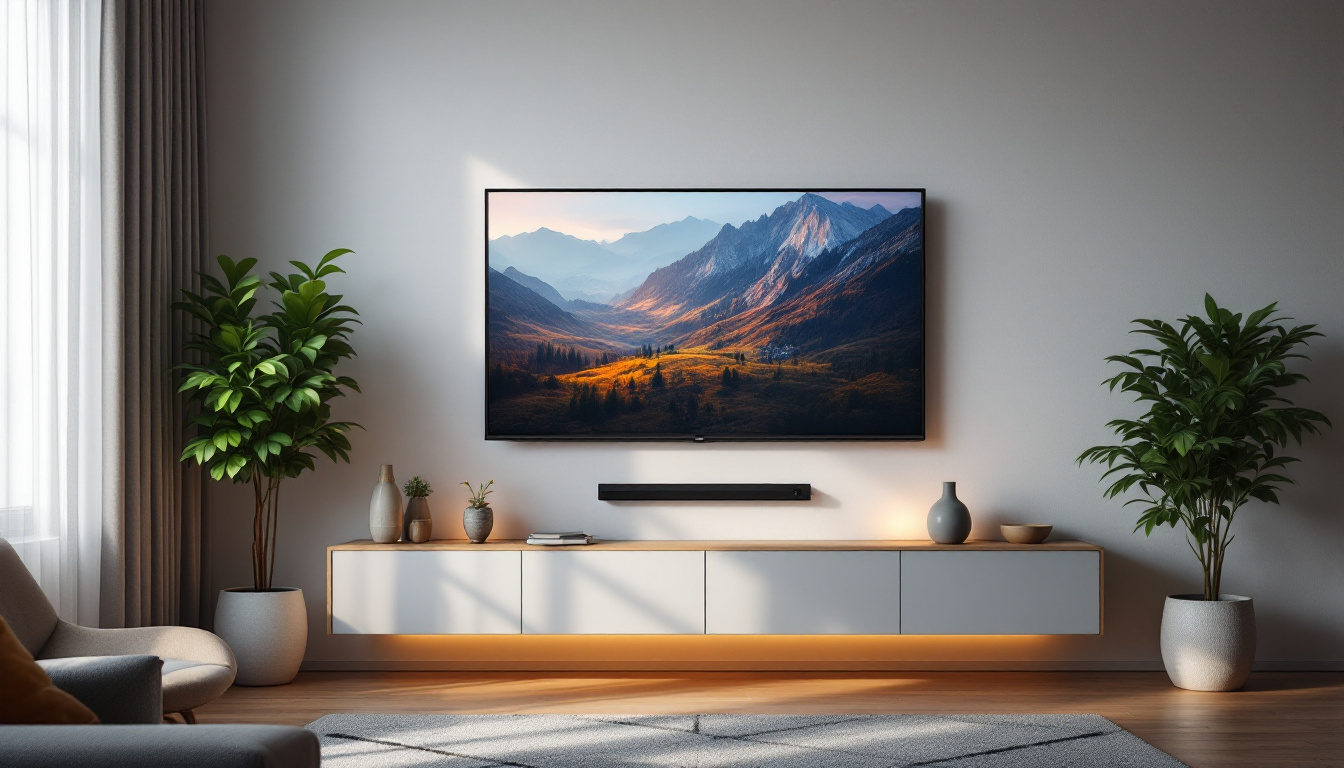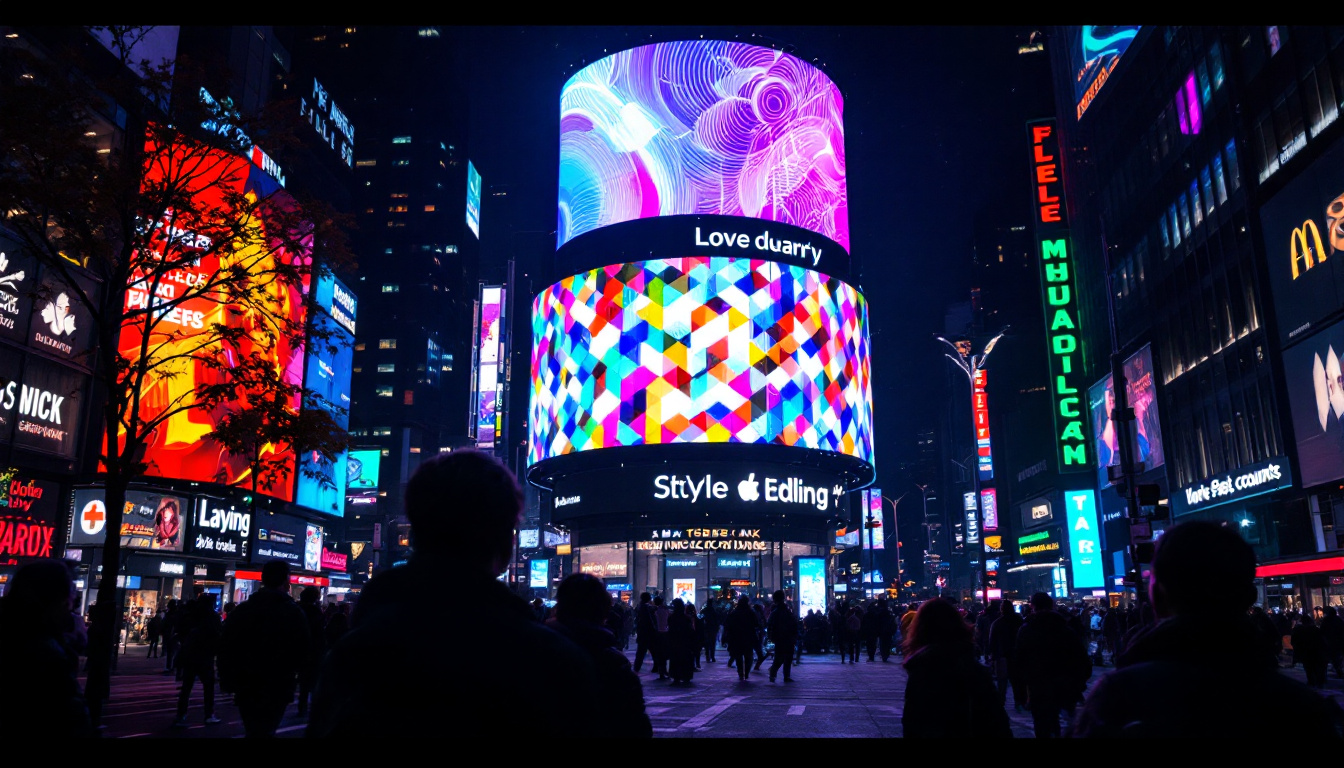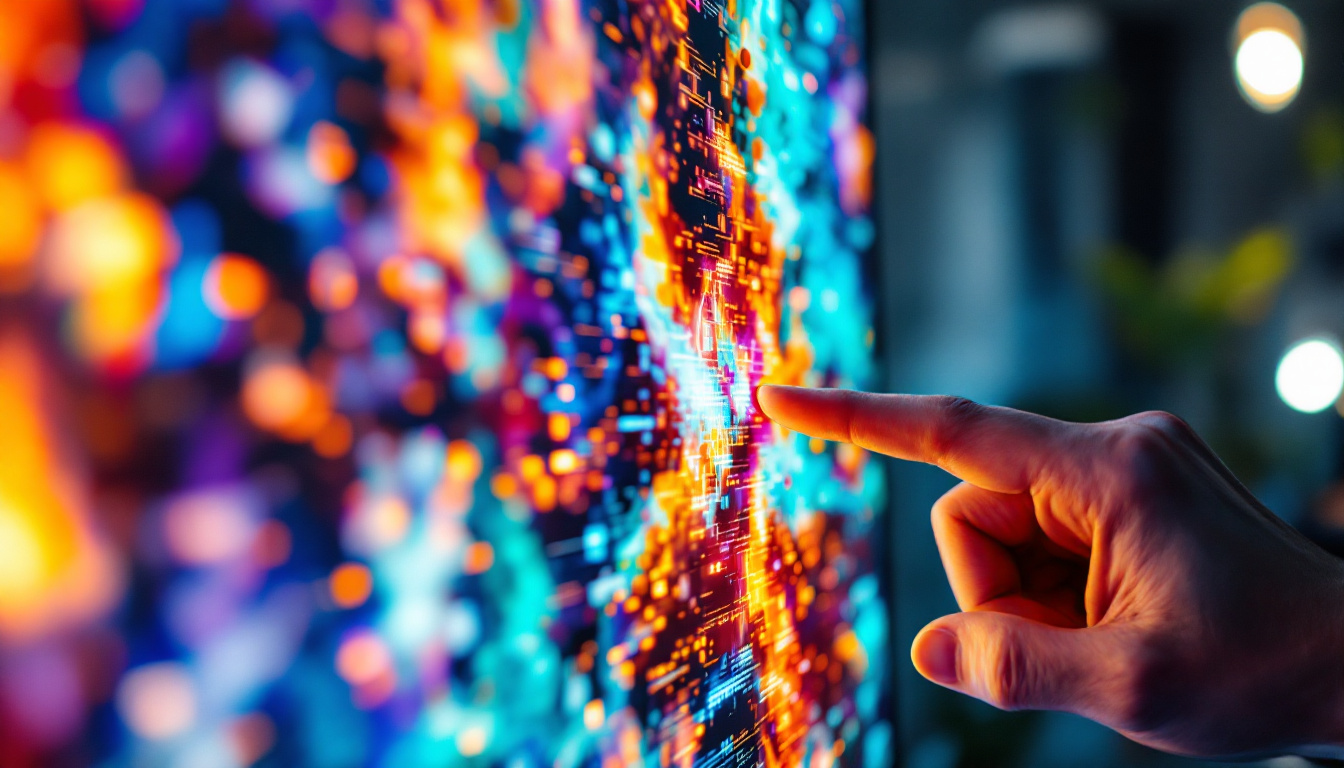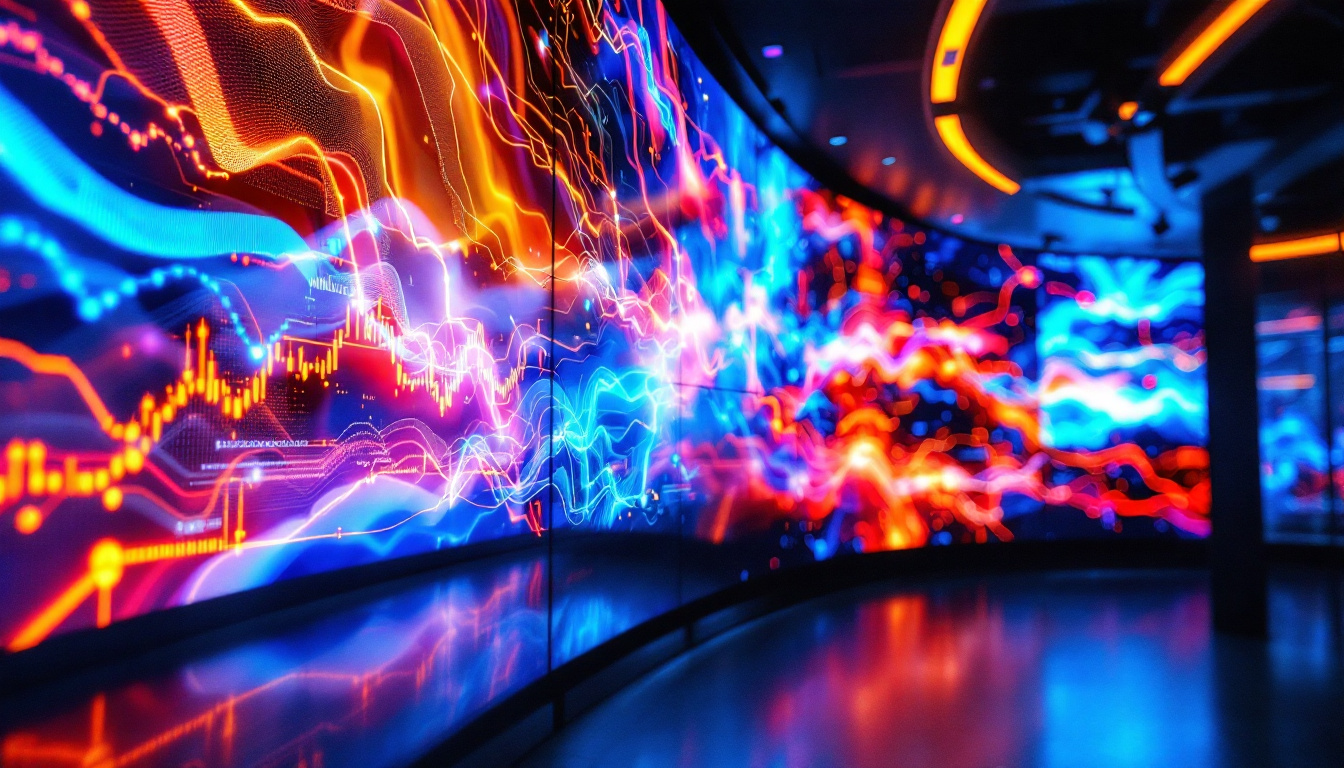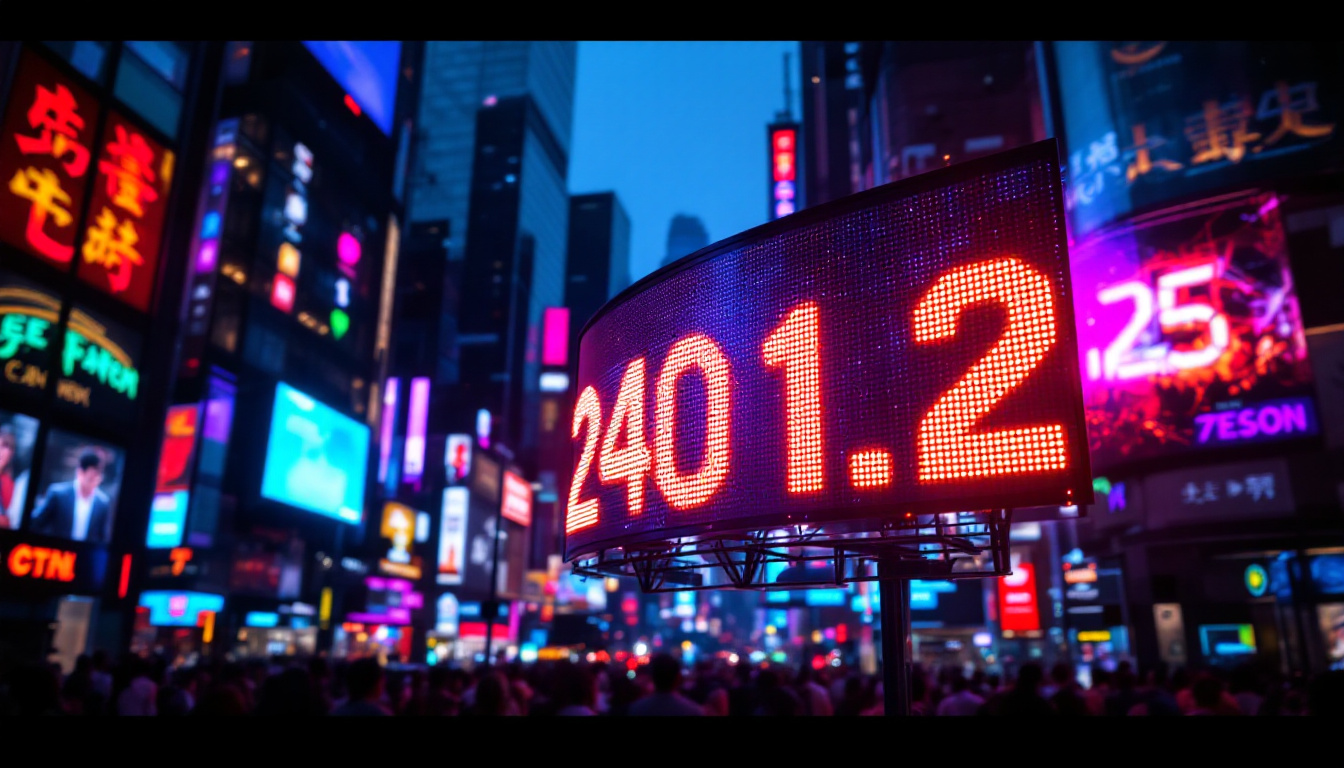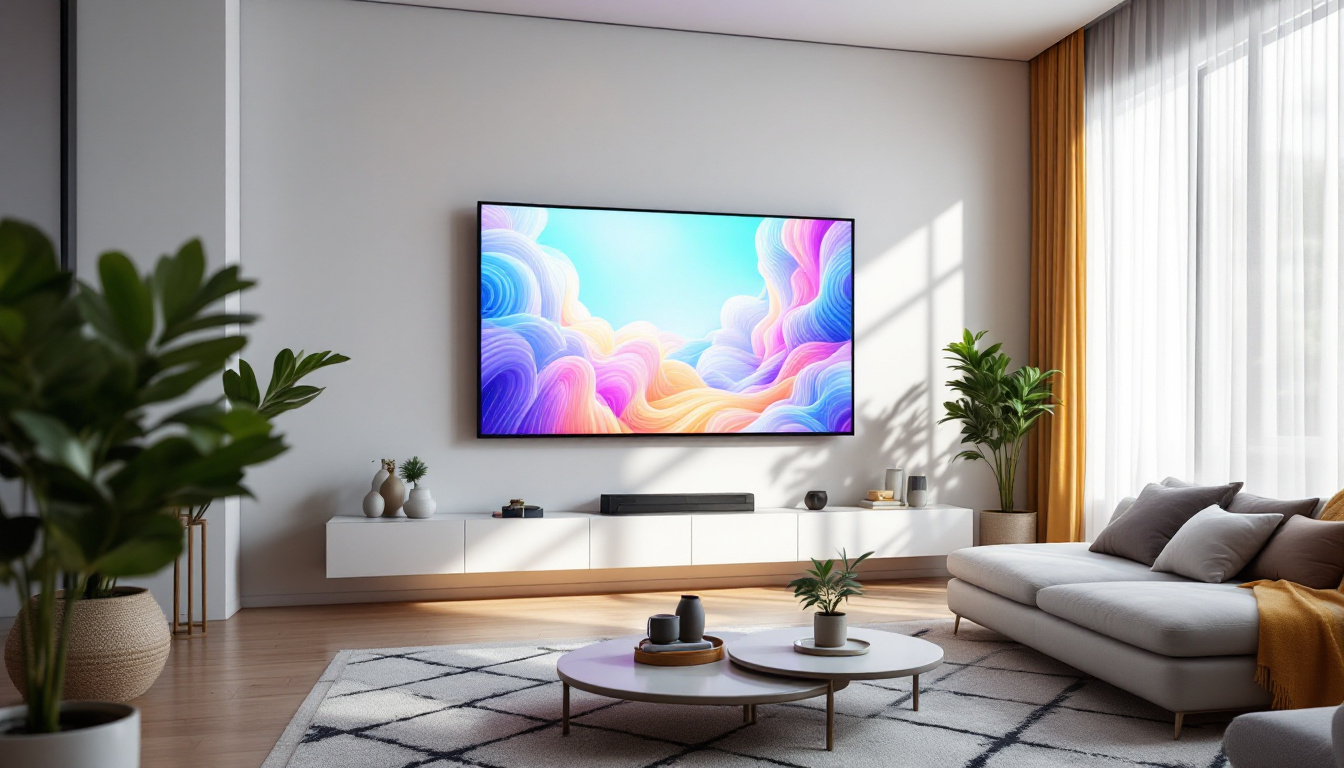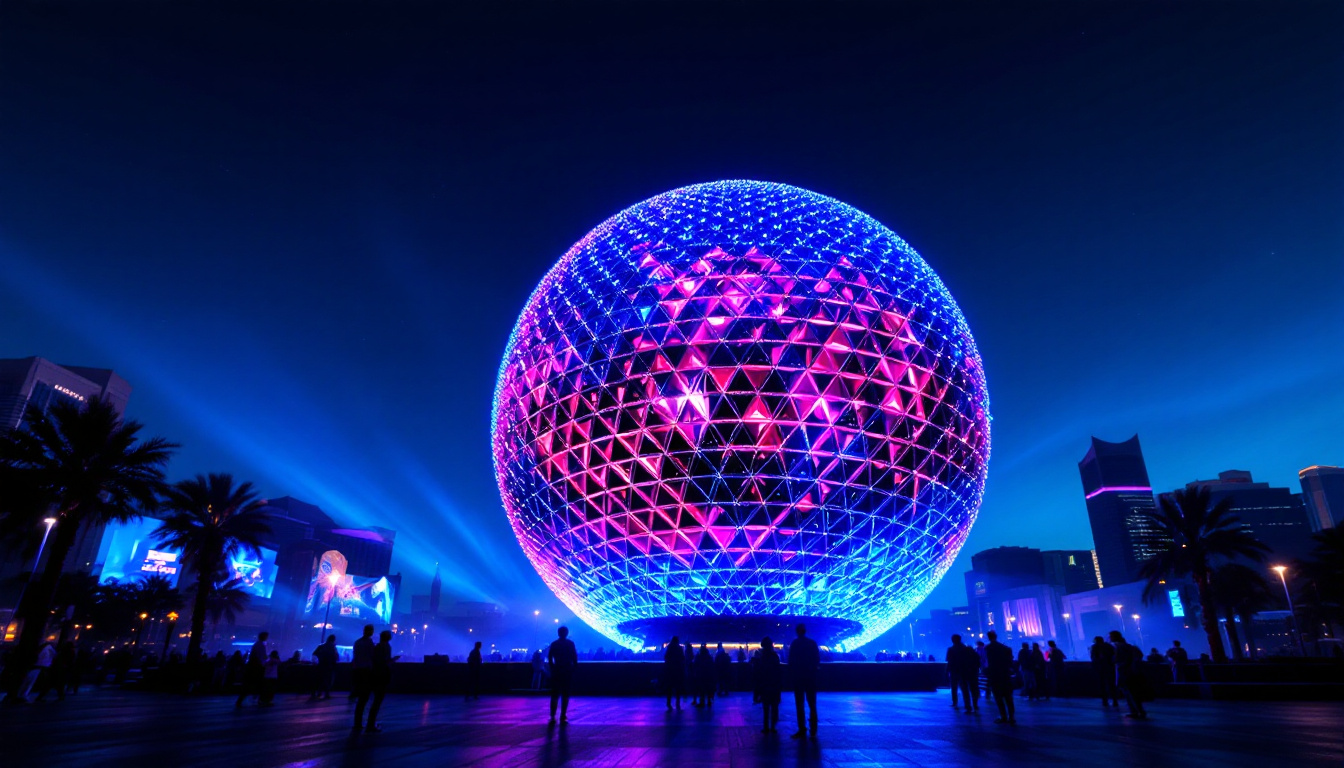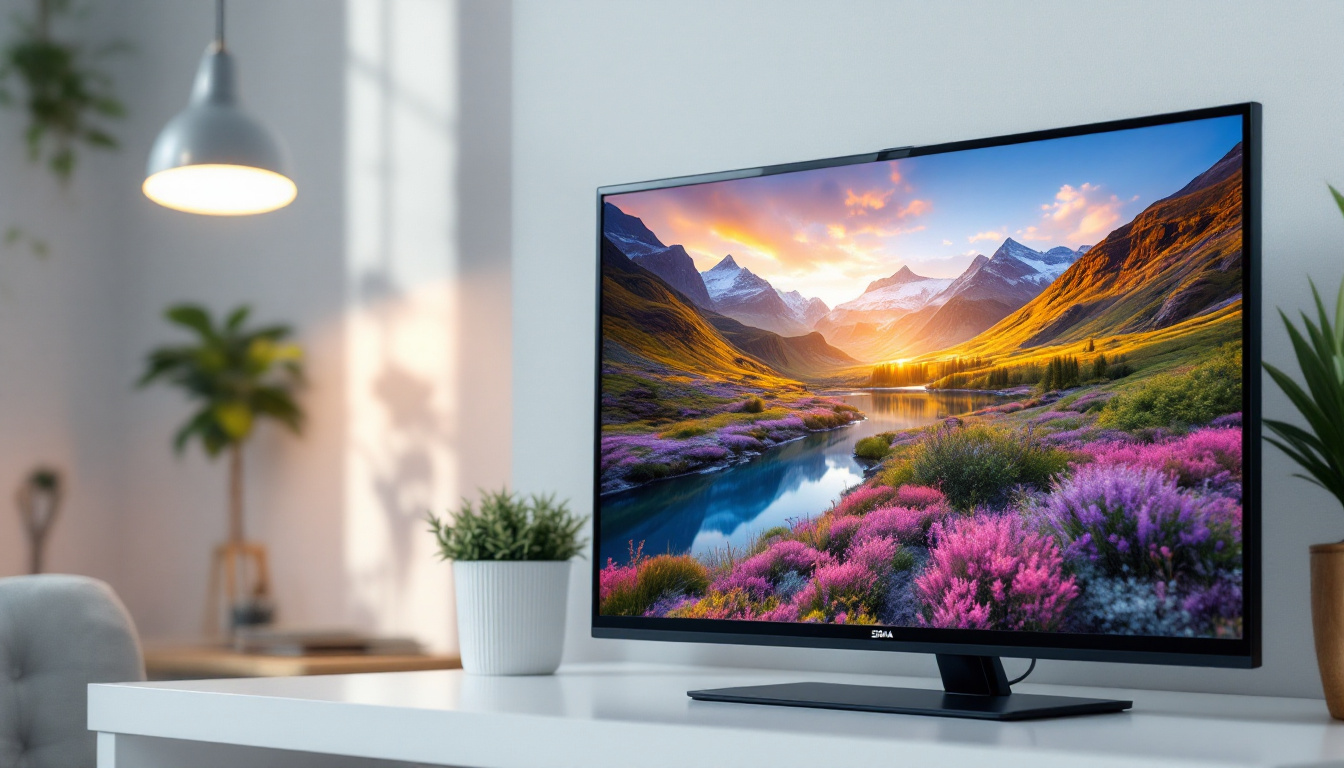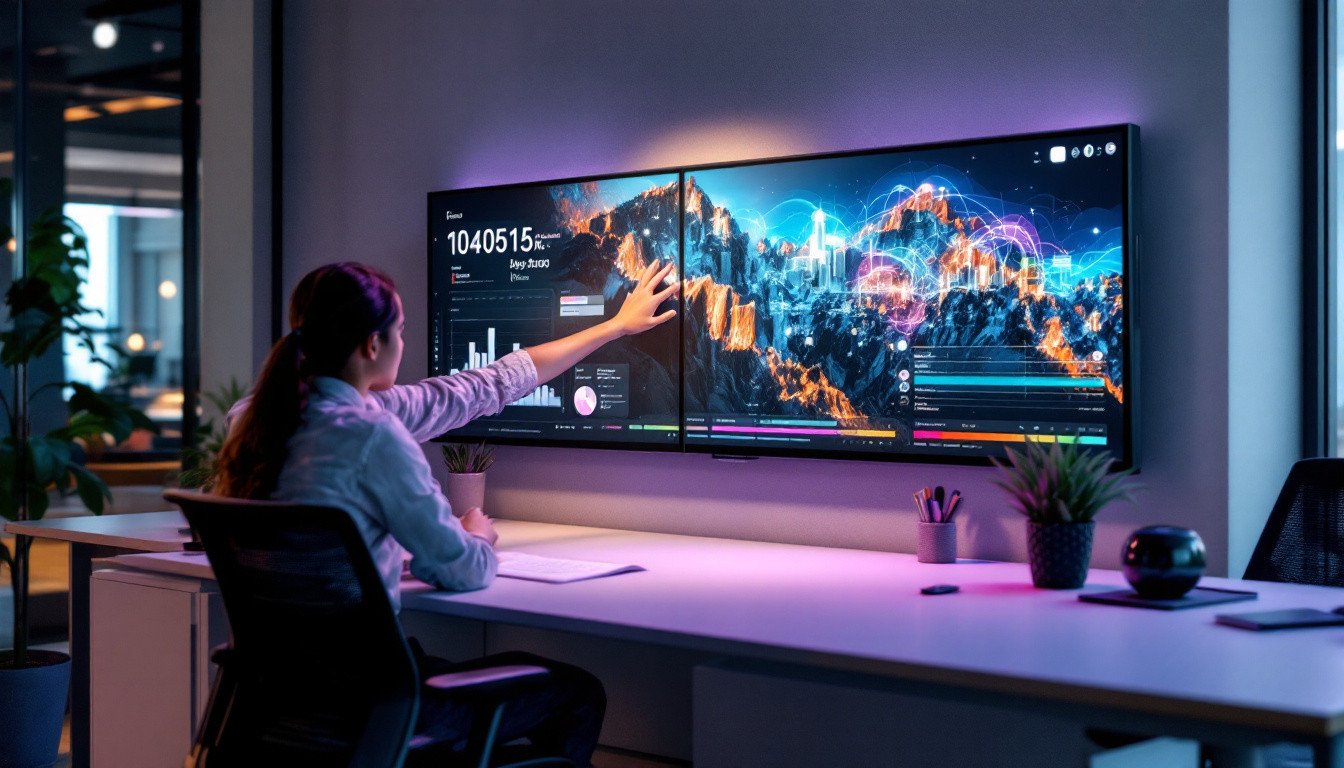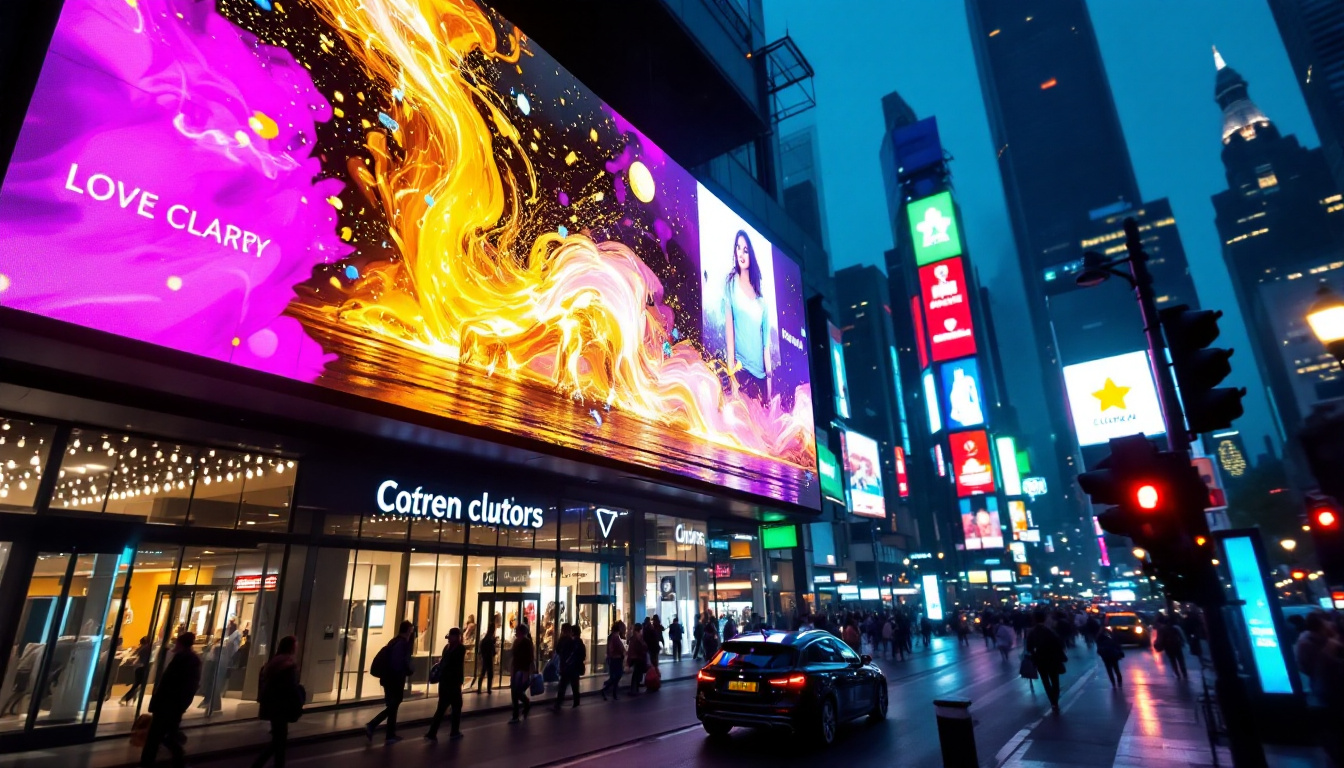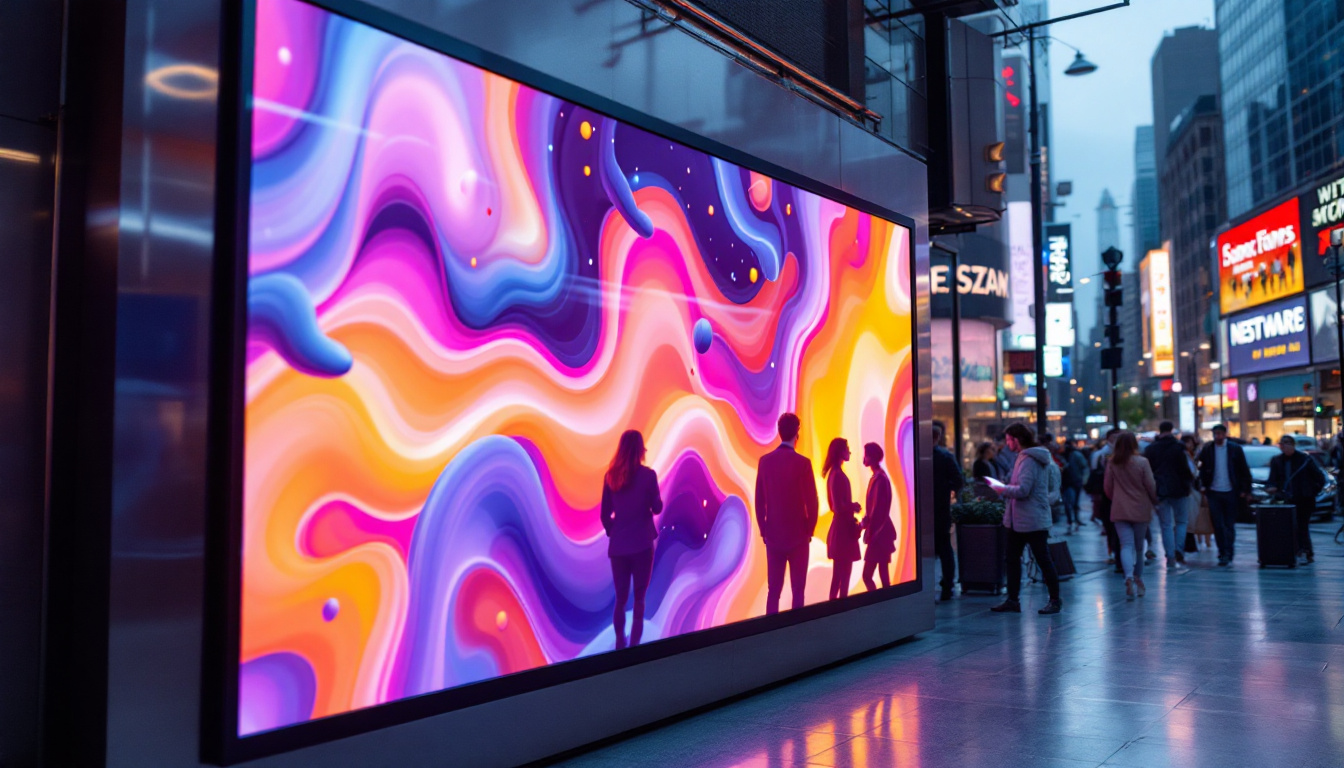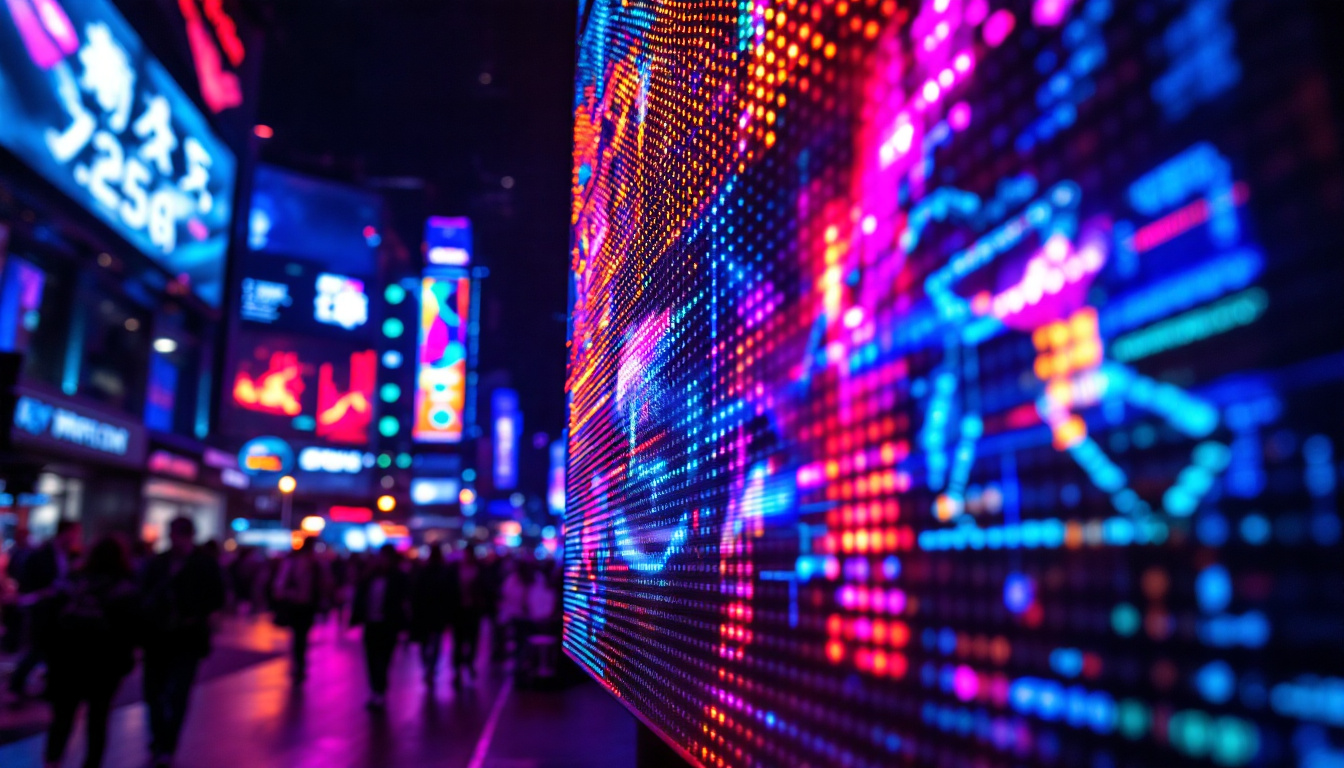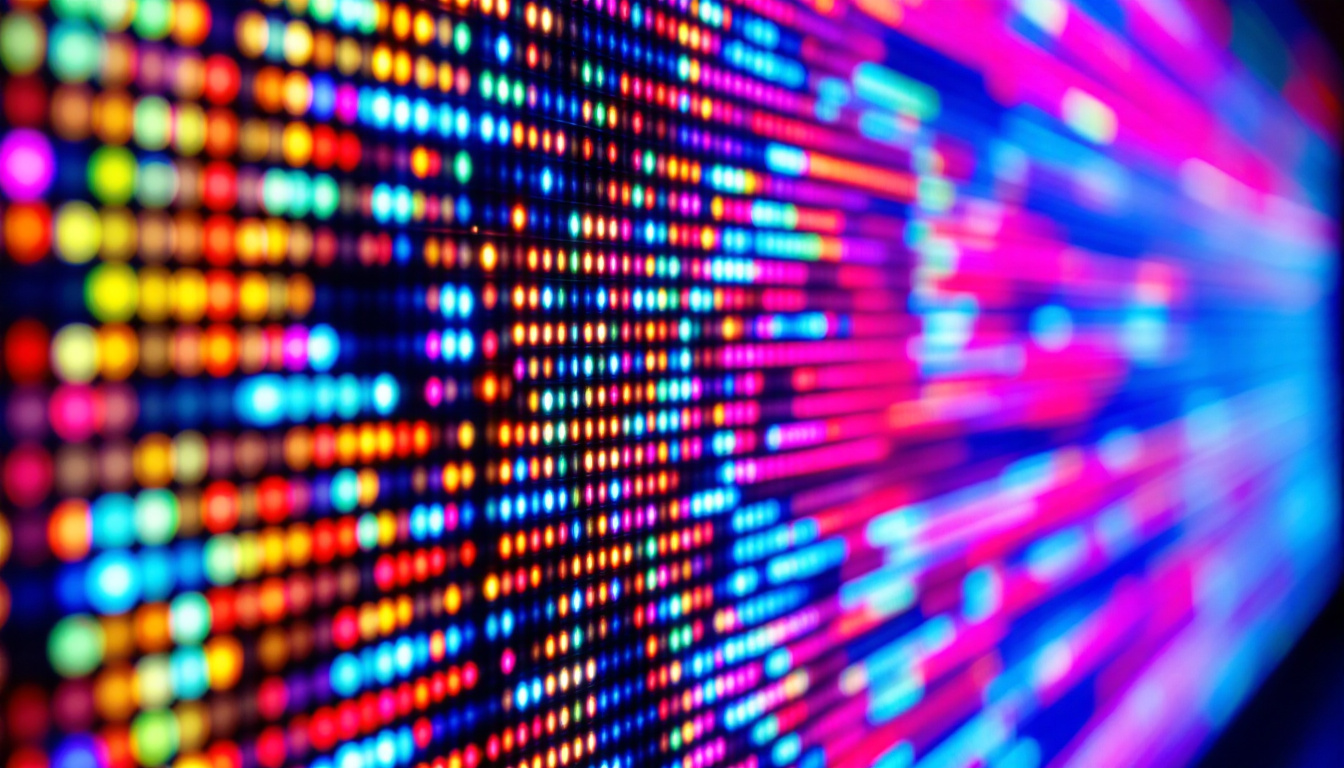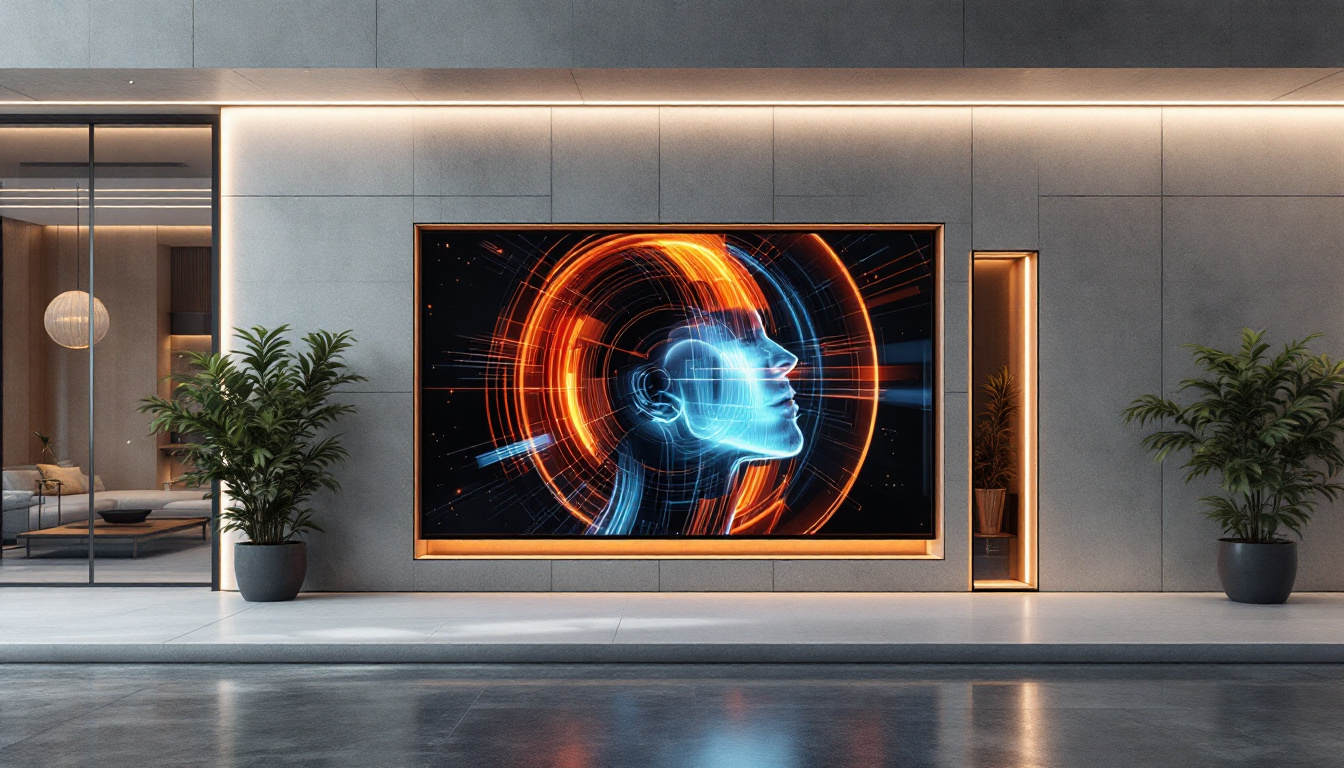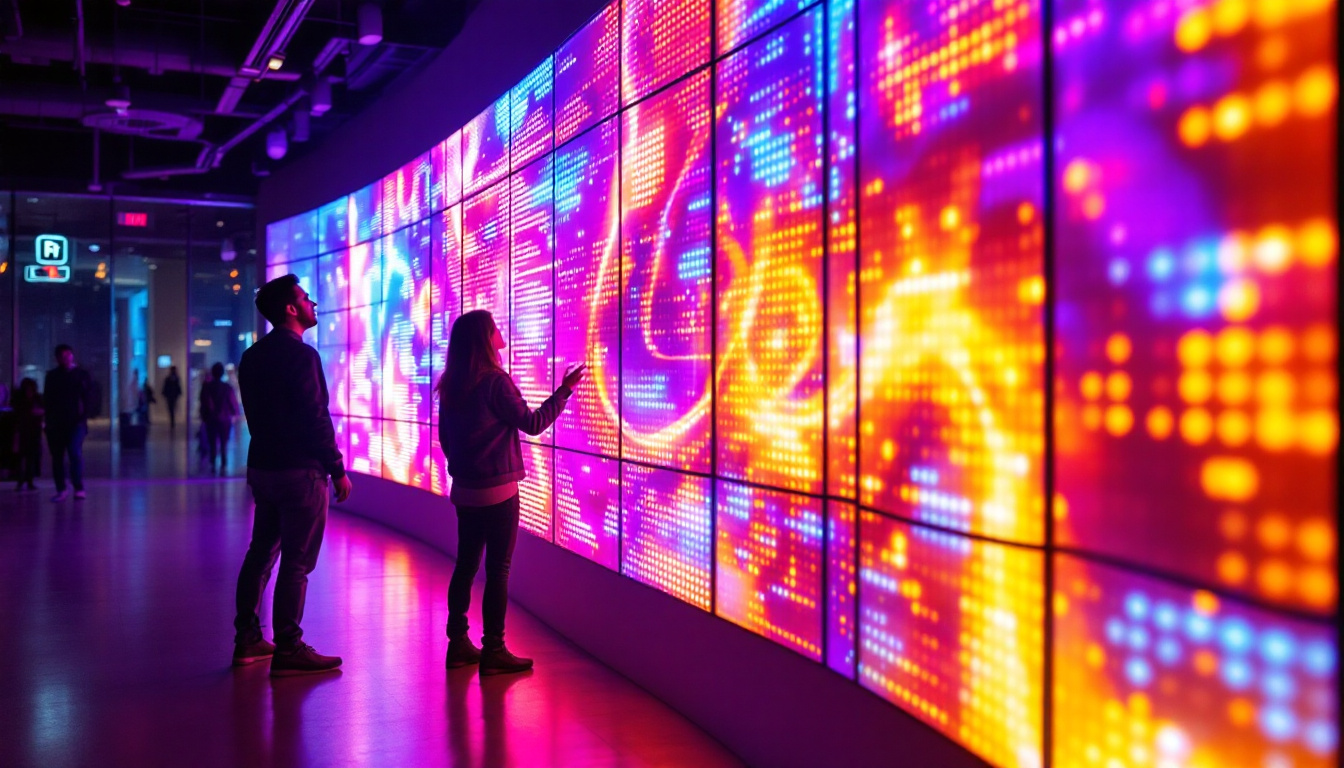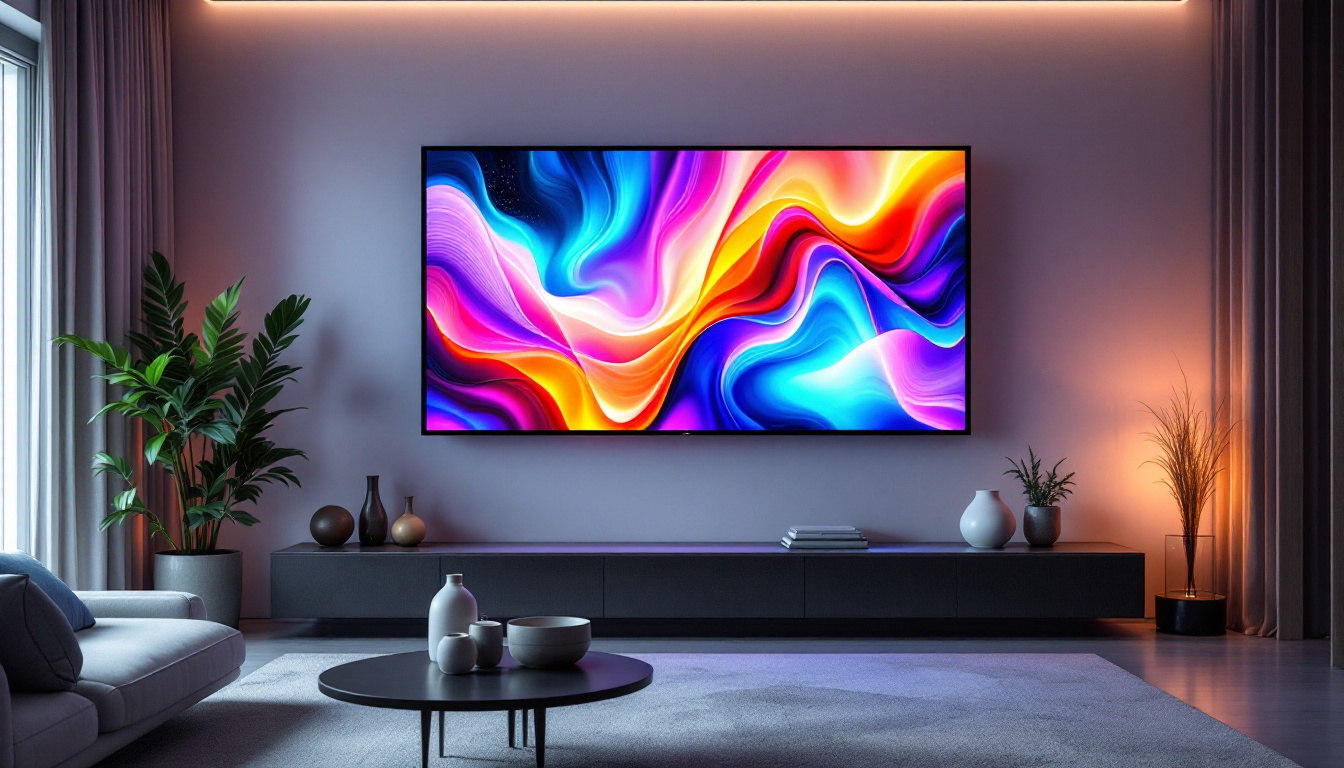In the ever-evolving world of technology, screen monitors have become an indispensable part of our daily lives. From personal computers to large-scale displays in public spaces, the quality and type of display technology can significantly influence the user experience. Among the various types of display technologies available, LED (Light Emitting Diode) displays have gained immense popularity due to their superior performance and versatility. This article delves into the intricacies of LED display technology, its advantages, and its applications.
Understanding LED Display Technology
LED displays are a type of flat-panel display that utilizes light-emitting diodes to produce images. Unlike traditional LCD (Liquid Crystal Display) monitors, which rely on a backlight to illuminate pixels, LED displays use individual diodes to emit light directly. This fundamental difference in technology leads to several notable advantages, including enhanced brightness, improved color accuracy, and greater energy efficiency. As a result, LED displays have become the preferred choice for a wide range of applications, from home entertainment systems to large-scale advertising billboards.
How LED Displays Work
At the core of an LED display are tiny semiconductor devices that emit light when an electric current passes through them. These diodes can produce various colors, allowing for the creation of vibrant images. There are two primary types of LED displays:
- Direct LED: In this configuration, LEDs are placed directly behind the screen, providing uniform brightness across the entire display.
- Edge-Lit LED: Here, LEDs are positioned along the edges of the screen, and light is distributed across the display using a light guide plate. This design is often thinner and more lightweight.
Both configurations have their unique advantages and applications, making LED technology adaptable to various needs and environments. For instance, direct LED displays are often favored for their superior color consistency and brightness, making them ideal for environments with high ambient light. In contrast, edge-lit displays are popular in settings where space is a premium, such as in sleek modern interiors or portable devices.
Types of LED Displays
LED displays can be categorized into several types based on their application and technology. The most common types include:
- Standard LED Displays: Typically used in consumer electronics, these displays are found in televisions and computer monitors.
- OLED Displays: Organic Light Emitting Diode displays offer even greater contrast and color depth by using organic compounds that emit light.
- Mini LED and Micro LED Displays: These are advanced versions of LED technology that provide improved brightness and color accuracy, often used in high-end televisions and professional monitors.
Each type of LED display has its own set of advantages, making them suitable for different applications, from casual use to professional settings. For example, OLED displays are particularly celebrated for their ability to achieve true blacks and vibrant colors, making them a favorite among filmmakers and graphic designers. Meanwhile, Mini LED technology is revolutionizing the display market by allowing for finer control over local dimming zones, resulting in improved contrast ratios and a more immersive viewing experience. As technology continues to evolve, we can expect to see even more innovative applications of LED displays across various industries, enhancing our visual experiences in ways we have yet to imagine.
Advantages of LED Displays
LED displays have transformed the way we interact with screens, offering numerous benefits that enhance both performance and user experience. Understanding these advantages can help consumers make informed decisions when selecting a monitor or display technology.
Superior Image Quality
One of the standout features of LED displays is their ability to produce high-quality images. The use of diodes allows for deeper blacks and brighter whites, resulting in a higher contrast ratio. This capability is particularly beneficial for tasks that require precise color reproduction, such as graphic design and video editing. Furthermore, LED displays can achieve a wider color gamut, meaning they can display a broader range of colors compared to traditional LCDs. This enhanced color accuracy is essential for professionals in fields like photography, where true-to-life color representation is crucial. Additionally, the fast response time of LED displays minimizes motion blur, making them ideal for fast-paced gaming and action-packed movies.
Energy Efficiency
Energy consumption is a critical consideration in today’s environmentally conscious world. LED displays are known for their energy efficiency, consuming significantly less power than their LCD counterparts. This efficiency not only reduces electricity bills but also contributes to a smaller carbon footprint, making LED displays a more sustainable choice for consumers. Many LED displays also come with features like automatic brightness adjustment, which further optimizes energy use based on ambient light conditions. This adaptability not only enhances user comfort but also prolongs the lifespan of the display, as it reduces the strain on the components. As businesses increasingly seek to lower operational costs and enhance their sustainability initiatives, the energy-efficient nature of LED technology becomes a compelling factor in their decision-making process.
Longevity and Durability
LED displays typically have a longer lifespan compared to other types of displays. The diodes used in LED technology are less prone to burn-in and degradation over time, allowing for extended use without significant loss of quality. This durability is particularly advantageous for commercial applications where displays are used continuously, such as in digital signage or control rooms. Moreover, LED displays are generally more resistant to environmental factors such as temperature fluctuations and humidity, making them suitable for a variety of settings, from outdoor advertising to industrial environments. The robust construction of LED displays also means they are less likely to suffer from physical damage, providing an added layer of reliability for users who require consistent performance in demanding situations. This resilience not only ensures a better return on investment but also minimizes maintenance costs over the display’s lifetime.
Applications of LED Displays
LED display technology has found its way into a myriad of applications across various industries. From entertainment to education, the versatility of LED displays makes them suitable for numerous environments.
Consumer Electronics
In the realm of consumer electronics, LED displays are ubiquitous. They are commonly found in televisions, computer monitors, and laptops. The demand for high-definition content has driven manufacturers to adopt LED technology, as it offers superior image quality and energy efficiency. Additionally, the thin profile of LED displays allows for sleek and modern designs that appeal to consumers.
Advertising and Digital Signage
LED displays have revolutionized the advertising industry. digital billboards and signage utilize large LED screens to capture the attention of passersby with vibrant colors and dynamic content. The ability to change advertisements quickly and easily makes LED displays an attractive option for businesses looking to maximize their marketing efforts. Furthermore, the high brightness of LED displays ensures visibility even in direct sunlight, making them ideal for outdoor applications.
Medical and Professional Use
In medical settings, LED displays are used for diagnostic imaging and monitoring equipment. The high contrast and color accuracy of LED technology are crucial for tasks such as viewing X-rays and MRIs. Similarly, in professional environments like graphic design studios and video production houses, LED monitors are preferred for their ability to reproduce colors accurately, ensuring that the final output meets industry standards.
Choosing the Right LED Monitor
With a plethora of options available in the market, selecting the right LED monitor can be a daunting task. Several factors should be considered to ensure that the chosen display meets specific needs and preferences.
Screen Size and Resolution
Screen size and resolution are critical factors that influence the viewing experience. Larger screens provide a more immersive experience, especially for gaming and multimedia consumption. However, the resolution also plays a vital role; higher resolutions, such as 4K, offer sharper images and finer details, making them ideal for professional applications.
Refresh Rate and Response Time
For gamers and those who work with fast-moving visuals, refresh rate and response time are essential specifications. A higher refresh rate results in smoother motion, while a lower response time reduces motion blur. Monitors with refresh rates of 120Hz or higher are often preferred for gaming, as they provide a more fluid experience.
Connectivity Options
Modern LED monitors come equipped with various connectivity options, including HDMI, DisplayPort, and USB-C. Ensuring that the monitor has the necessary ports to connect to other devices is crucial for a seamless experience. Additionally, features such as built-in speakers and USB hubs can enhance usability.
Future Trends in LED Display Technology
The landscape of LED display technology is continually evolving, with innovations that promise to enhance performance and user experience further. Keeping an eye on these trends can help consumers and businesses stay ahead of the curve.
Advancements in Display Resolution
As technology progresses, display resolutions continue to improve. The emergence of 8K displays is a testament to this trend, offering unprecedented clarity and detail. While 8K content is still limited, the availability of such displays is expected to grow, catering to enthusiasts and professionals who demand the highest quality visuals.
Flexible and Transparent Displays
Innovations in materials and manufacturing processes have led to the development of flexible and transparent LED displays. These displays can be bent or shaped to fit unconventional surfaces, opening up new possibilities for design and application. Transparent displays, in particular, have potential uses in retail environments, allowing customers to view products while still displaying information or advertisements.
Integration with Smart Technology
The integration of LED displays with smart technology is another exciting trend. Smart monitors equipped with features like voice control, built-in applications, and connectivity to smart home devices are becoming increasingly common. This convergence of technology enhances user convenience and creates a more interactive experience.
Conclusion
LED display technology has fundamentally changed the way we interact with screens, offering superior image quality, energy efficiency, and versatility across various applications. As the demand for high-performance displays continues to grow, understanding the intricacies of LED technology becomes essential for consumers and professionals alike. From consumer electronics to commercial advertising and medical applications, LED displays are poised to remain at the forefront of display technology for years to come.
In a world where visual quality and energy efficiency are paramount, LED displays represent a significant advancement in technology. As innovations continue to emerge, the future of LED displays looks promising, paving the way for even more exciting developments in the realm of visual technology.
Discover Cutting-Edge LED Displays with LumenMatrix
Ready to elevate your visual experience with the latest in LED display technology? Look no further than LumenMatrix, a pioneer in crafting innovative LED solutions that bring your content to life. Whether you’re in need of an Indoor LED Wall Display for a corporate event, an Outdoor LED Wall Display for impactful advertising, or any of our specialized solutions like Vehicle LED Displays, LED Sports Displays, or Custom LED Displays, LumenMatrix has you covered. Embrace the future of visual communication and check out LumenMatrix LED Display Solutions today to see how we can help you make a lasting impression and deliver your message with unparalleled clarity and vibrancy.

